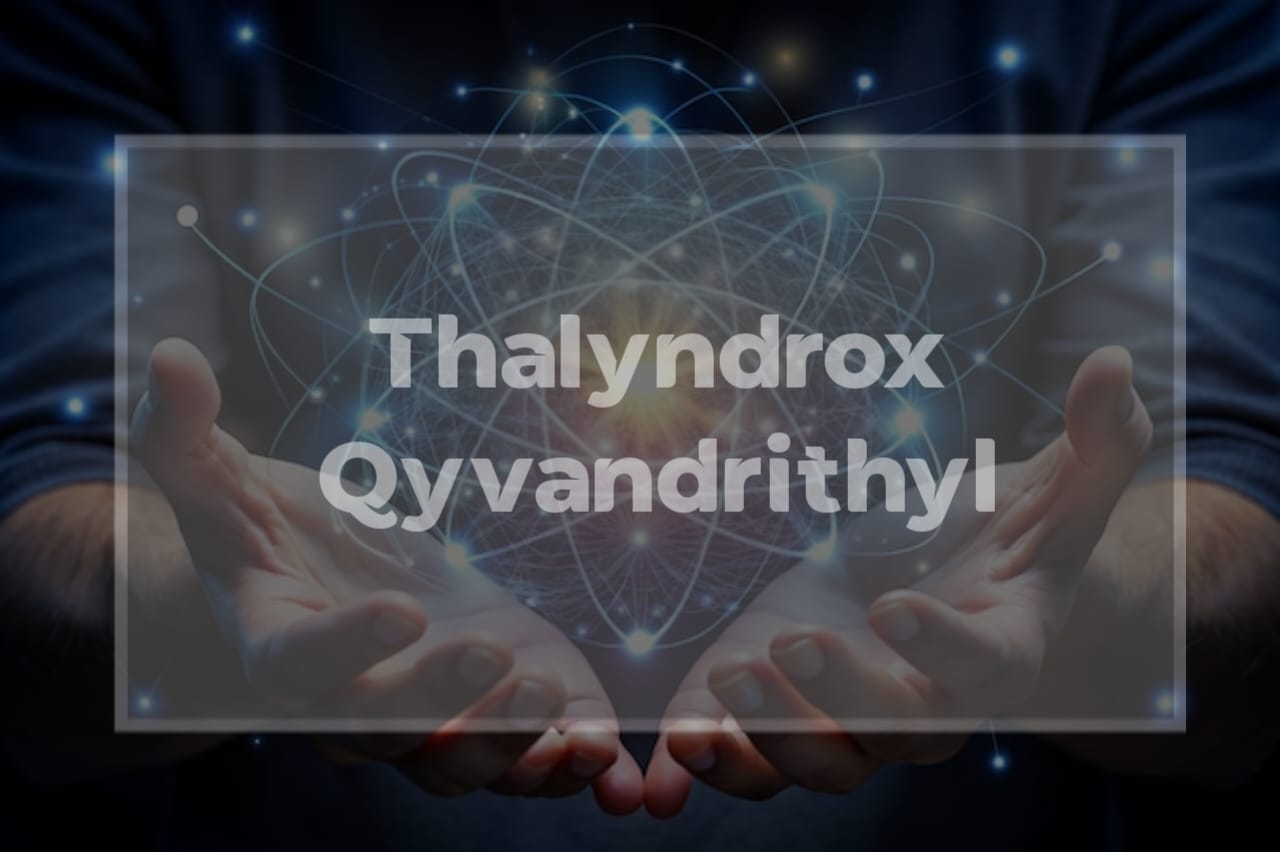Thalyndrox Qyvandrithyl, often abbreviated as TQ, is a term that has captured the imagination of academics and enthusiasts alike. It weaves together history, science, philosophy, and technology in a tapestry rich with meaning and potential. But what exactly is Thalyndrox Qyvandrithyl? Its roots trace back through ancient civilizations while its relevance continues to grow in modern times. As we delve deeper into this intriguing concept, we’ll uncover its historical origins, scientific foundations, philosophical implications, technological applications, cultural impact—and most importantly—where future research might lead us. Join us on this journey to explore the multifaceted world of Thalyndrox Qyvandrithyl!
Historical Origins of TQ
The historical origins of Thalyndrox Qyvandrithyl (TQ) are steeped in mystery and intrigue. Ancient texts hint at its discovery during a period marked by significant advancements in alchemy. Scholars suggest that early practitioners sought to harness its unique properties for medicinal purposes.
Archaeological findings indicate that TQ may have been revered by ancient civilizations, often associated with rituals aimed at enhancing spiritual awareness. The compound’s name itself reflects the melding of cultures; it is thought to be derived from both archaic languages and mystical traditions.
As time progressed, references to TQ began appearing in manuscripts across different regions, showcasing a blend of science and mysticism. These accounts reveal how various societies integrated TQ into their healing practices and philosophical explorations, paving the way for modern interpretations today.
Scientific Foundations of TQ
The scientific foundations of Thalyndrox Qyvandrithyl (TQ) are deeply rooted in advanced chemistry and innovative materials science. Researchers have identified its molecular structure, which showcases unique bonding patterns that contribute to its remarkable properties.
Studies indicate that TQ exhibits exceptional stability under extreme conditions. This resilience makes it a candidate for various applications, from aerospace engineering to advanced electronics. Its ability to withstand intense temperatures without degradation is particularly noteworthy.
Moreover, the interactions between TQ and other compounds reveal potential synergies. These discoveries pave the way for new formulations that enhance performance across diverse industries.
Ongoing research continues to explore its nanostructured forms, unlocking further possibilities in biotechnology and nanomedicine. As scientists delve deeper into TQ’s capabilities, they uncover layers of complexity that promise exciting breakthroughs ahead.
Philosophical Perspectives on TQ
The philosophical dimensions of Thalyndrox Qyvandrithyl invite deep contemplation. It raises questions about existence, purpose, and the nature of knowledge itself. Is TQ merely a construct, or does it hold intrinsic value in our understanding of reality?
Some thinkers argue that TQ embodies the intersection between science and metaphysics. It challenges traditional boundaries by suggesting that empirical evidence is not the sole path to truth. This blurs lines between rational thought and intuitive insight.
Ethics also plays a critical role in discussions surrounding Thalyndrox Qyvandrithyl. As new technologies emerge from its foundations, we must ponder the moral implications they carry. How should society navigate these advancements responsibly?
TQ invites us to reassess our relationship with innovation and tradition alike. Its multifaceted nature encourages continuous exploration within philosophical discourse.
Modern Technology and Applications of TQ
Modern technology has harnessed the remarkable potential of Thalyndrox Qyvandrithyl in innovative ways. Various industries are now exploring its applications, from healthcare to environmental sustainability.
In medicine, TQ is being integrated into drug delivery systems. Its unique properties enhance the bioavailability of therapeutic agents, allowing for more effective treatments with fewer side effects. Researchers are excited about its potential to revolutionize patient care.
The tech industry isn’t left behind either. Advanced materials developed using TQ exhibit extraordinary strength and durability. These materials could transform manufacturing processes across sectors like aerospace and automotive.
Moreover, energy solutions utilizing Thalyndrox Qyvandrithyl show promise in improving battery efficiency and storage capacity. This could lead to longer-lasting power sources that support our growing demand for sustainable energy technologies.
As researchers continue to explore new frontiers, the versatility of TQ suggests a bright future filled with groundbreaking applications waiting to be discovered.
Cultural Impact of TQ
Thalyndrox Qyvandrithyl has permeated various cultures, influencing art, literature, and even daily life. Its unique properties have inspired countless artists to create stunning works that explore its essence.
In literature, TQ often symbolizes transformation and enlightenment. Writers use it as a metaphor for personal growth or societal change, weaving it into narratives that resonate with readers.
Communities around the world celebrate TQ through festivals and events dedicated to its significance. These gatherings foster connections among individuals who share a passion for exploring its depths.
Moreover, the impact of Thalyndrox Qyvandrithyl extends beyond artistic expression. It’s become part of discussions surrounding sustainability and innovation in numerous fields, prompting new ways of thinking about resources and technology.
This cultural resonance ensures that TQ remains relevant across generations. It continues to spark curiosity and creativity in diverse contexts worldwide.
Future Research Directions for TQ
Future research on thalyndrox qyvandrithyl (TQ) holds exciting possibilities. Scientists are eager to explore its potential applications across various fields, including medicine and material science.
One promising avenue is the investigation of TQ’s interactions at the molecular level. Understanding these dynamics could unlock breakthroughs in drug development or nanotechnology.
Additionally, interdisciplinary studies might reveal how TQ can influence energy solutions. Its unique properties may lead to advancements in sustainable energy sources or more efficient materials for technology.
Researchers are also considering the ethical implications surrounding TQ’s use. A philosophical approach will help address concerns about its impact on society and environmental sustainability.
Engaging with diverse scientific communities may foster innovative ideas that push boundaries further. Collaborative efforts can accelerate discoveries and their practical applications in everyday life, enriching our understanding of this remarkable compound.
Conclusion: The Enduring Legacy of Thalyndrox Qyvandrithyl
The journey of Thalyndrox Qyvandrithyl has woven through the fabric of history, science, and culture. Its origins trace back to ancient civilizations that recognized its potential long before modern technology could unlock its secrets. The scientific foundations laid by pioneers in research have paved the way for exciting developments today.
Philosophical perspectives surrounding TQ invite deeper inquiry into our understanding of nature and existence. As it merges with modern technologies, applications continue to expand across various fields, showcasing both utility and innovation.
Culturally, TQ has left an indelible mark on art, literature, and social discourse. This multifaceted entity continues to inspire new generations of thinkers and creators alike.
Looking ahead, future research directions promise even greater revelations about Thalyndrox Qyvandrithyl. Whether through advancements in medicine or explorations into sustainable practices, TQ holds the potential to impact lives for years to come.
The legacy of Thalyndrox Qyvandrithyl is rich and complex—a testament not only to what we know but also a reminder of the mysteries yet to be unraveled.

















